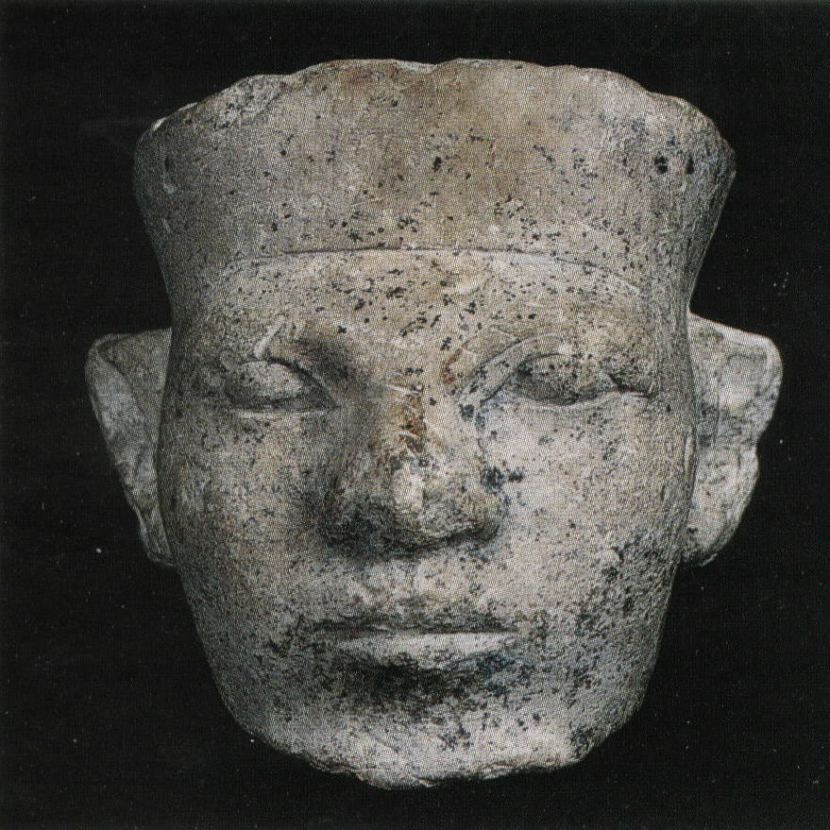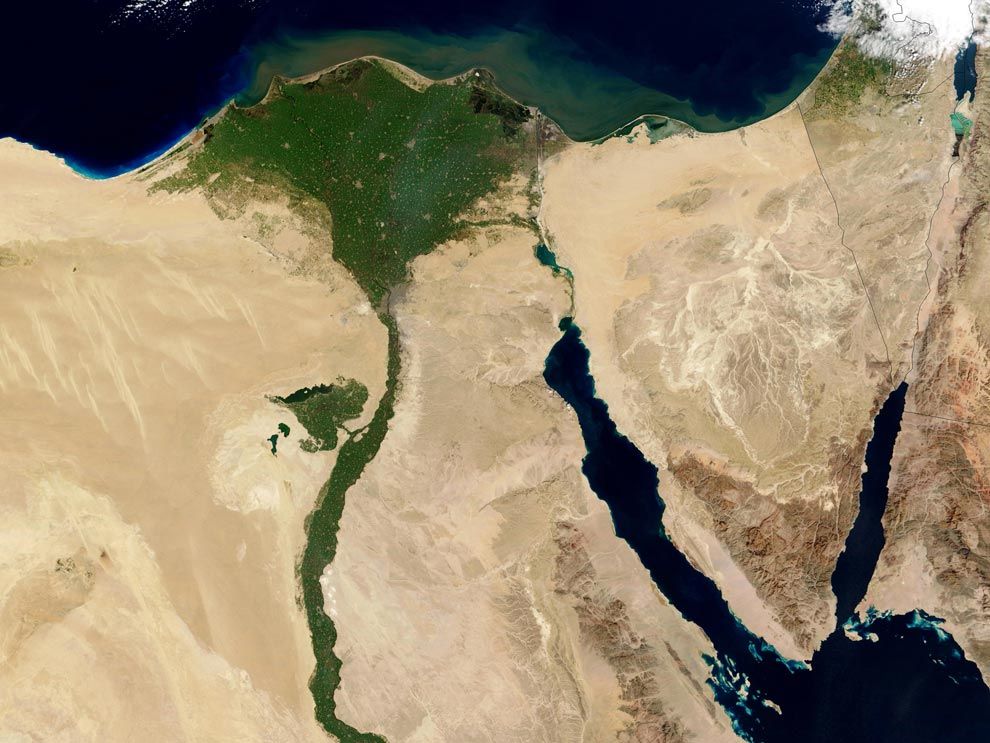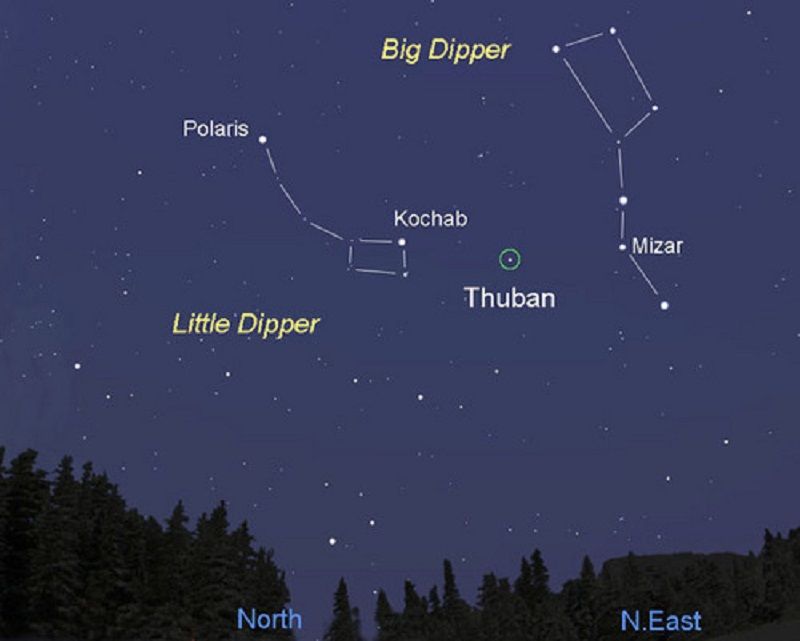Ancient Egyptian (Kemetic) Astronomy: Introduction
Human beings have always been fascinated by the patterns of stars in the sky above the Earth.
As a child growing up in rural communities in the south west part of Cameroon, Africa, we used to spend hour gazing upon the celestial demonstrations above us while recounting folk tales.
Ancient Egypt or Kemet (meaning “Black Land” as they called their empire) is the world’s oldest and most influential civilisation on record.
Historical records showed that the Narmer or Menes was the first leader or Pharaoh who united the empire and started an unrivalled period of over 3000 years of ground-breaking achievements in grand monuments, sciences, medicine, mathematics, technology and astronomy.
The ancient Egyptians or Kemites had to go where no one had gone before. Their mysterious, complex and holistic education system which we had introduced in this series of discussions was led by priests who combined deep philosophies, spirituality and knowledge in various subject matters to take newbies aged 7 in a forty-year journey of mastery.
The Nile river in its over 6695 kilometres journey starting from Lake Victoria in East Africa and emptying 3 million litres of water per second into the Mediterranean Sea, played a very pivotal role in the grandeur of Kemet. They carried out detailed studies of the rise and fall of the Niles tides, the constellations and other environmental phenomena.
In these seasonal observations of the Nile, the Egyptian astronomers, who were priests, realised that the flooding of the Nile took place every year at the same time and provided rich soil for agriculture. They observed that the flooding always occurred at the summer solstice, which was also when the bright star Sirius rose before the Sun. The priests were therefore able to predict the annual flooding, which made them quite powerful.
These observations and studies became imbued with religious and spiritual significance, influenced key decisions like best times to plant and harvest, the appropriate moment to bury and install a new pharaoh, the scheduling of activities and how to align their gigantic monuments.
Ancient Egyptians were very interested in the night sky. They were drawn to two bright stars that always could be seen circling the North Pole - "the indestructibles," what we know today as Kochab and Mizar.
Next time we will delve into more details of Kemetic astronomy.




